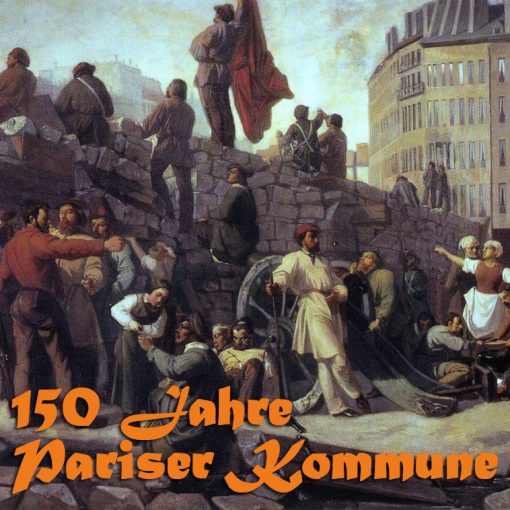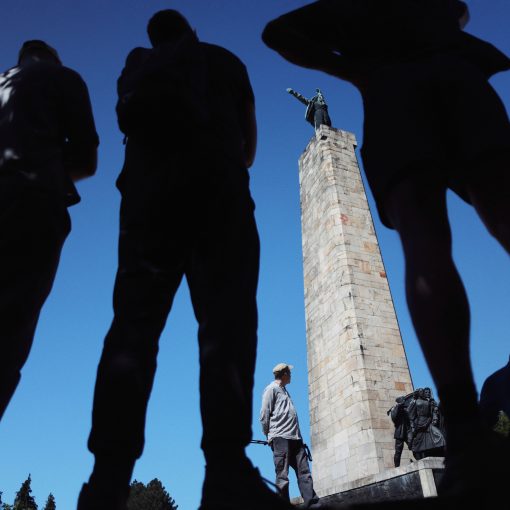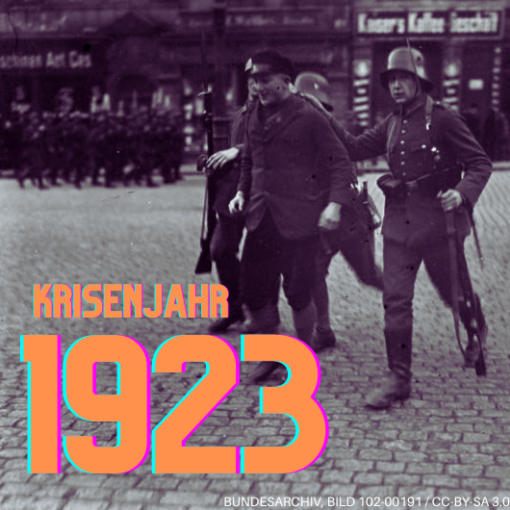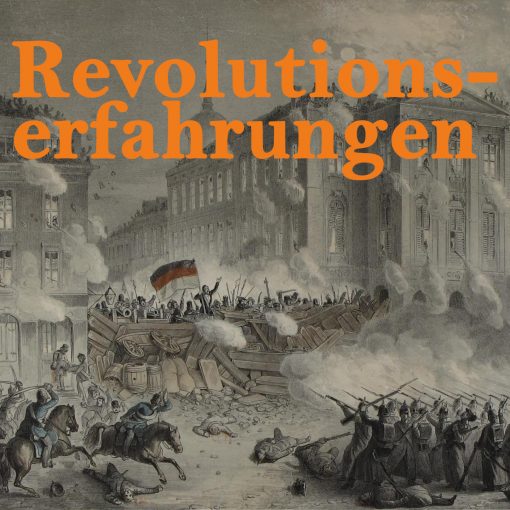Titel: Erster Weltkrieg - Gedenkerfahrungen
Thema: Fahrradtouren in Nordfrankreich (Lille, Arras, Souchez) und in Brandenburg (Potsdam, Rangsdorf, Wünsdorf-Waldstadt, Kummersdorf) zum 100. Jahrestag der Beendigung des Ersten Weltkriegs. Zusammen mit jungen Teilnehmenden aus drei Ländern haben wir verschiedene Gedenkorte (wortwörtlich) erfahren und uns mit europäischer Erinnerungskultur in Bezug auf den Ersten Weltkrieg, aber auch mit anderen verbundenen Themen (wie Krieg und Militarismus) auseinandergesetzt.
Art: internationale Jugendbegegnungen in Nordfrankreich und Brandenburg
Jahr: 2018
Zeitraum: August und November 2018
Teilnehmer:innen: ca. 25 Jugendliche und junge Erwachsene aus Deutschland, Frankreich und Serbien.
Sprache: Englisch, Deutsch, Französisch und Serbisch
Material: Webseite/Blog mit vielfältigem Foto- und Textmaterial (Auszüge hier verfügbar)
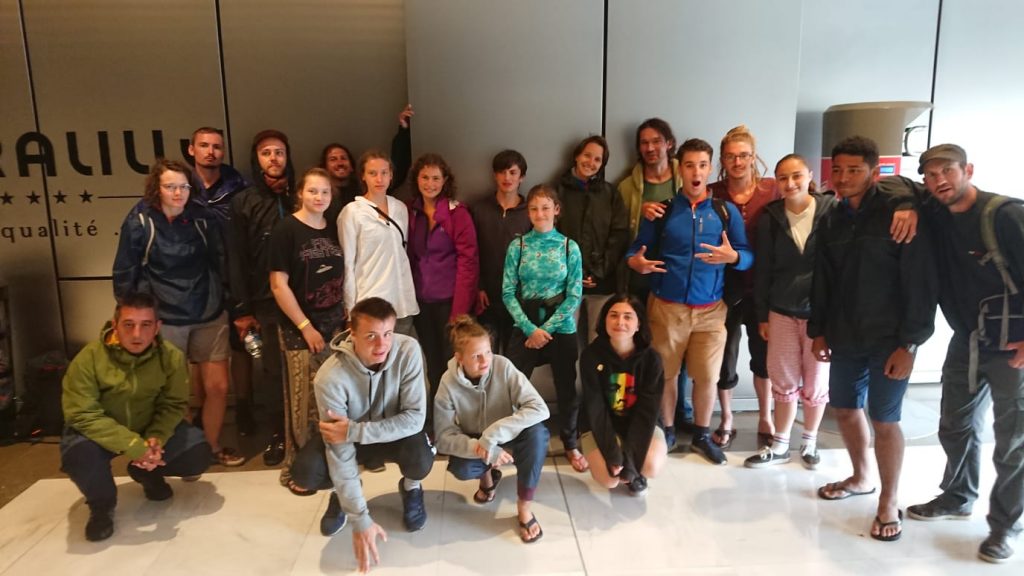
Unser Projekt im Überblick:
NORD-FRANKREICH FAHRRAD-TOUR
LILLE:
Die Hauptstadt von Flandern ist die erste und letzte Station auf unserer Tour in Frankreich. Im Ersten Weltkrieg spielte Lille nur eine relativ untergeordnete Rolle, da die Stadt nur kurze Zeit verteidigt wurde und die Frontlinie südlich und westlich von Lille verlief.
SOUCHEZ:
Am 04. August sind wir in Souchez, besuchen das Historische Zentrum für Krieg und Frieden (Centre d’Histoire Guerre et Paix) und dessen Ausstellung „Lens 14-18“.
NOTRE DAME DE LORETTE:
Am 05. August besuchen wir die Denkmalstätte Notre Dame de Lorette. Es ist ein der zentralen Orte der Erinnerung an den Ersten Weltkrieg in Nordfrankreich, an dem ca. 43.000 gefallene Soldaten bestattet sind. Darüber hinaus befindet sich dort ein 2014 eingeweihtes Denkmal.
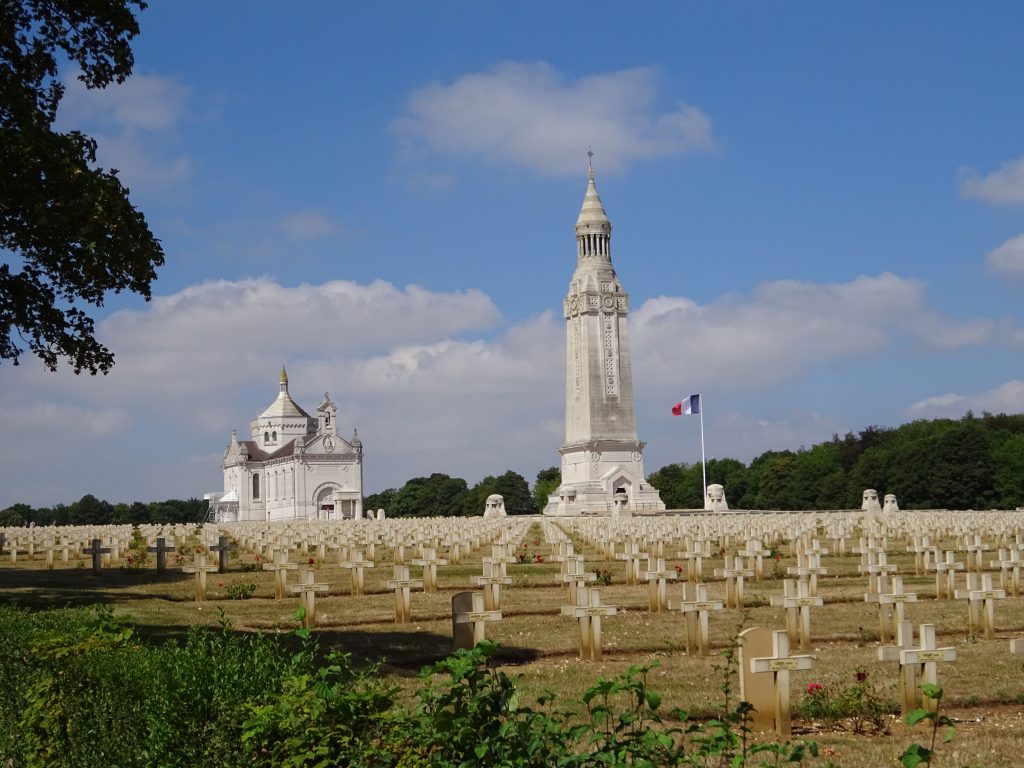
About Notre Dame de Lorette by Amaury Pesteil
Under an unrelenting sun, we visited one of the most prominent war memorials in the North of France, namely Notre-Dame de Lorette.
Every museum and memorial we visited during the bike tour was potent with the horrors of the Great War and the memory of its victims, but few could equal the devastating effect Notre Dame de Lorette had on my psyche, the unaffected mind of a modern European who was never confronted to anything remotely close to what my countrymen had to endure a little more than a century ago. Europeans fighting each other, not a mere spat but a large-scale slaughter of our own race. It is barely conceivable that the nations of Europe could allow such an unmitigated disaster to occur on their watch.
Row upon row of white crosses, albeit impressive and mind-numbing, can only barely convey the utter horror of a conflict which not only tore families apart but also entire communities. For, in truth, the conflict, as significant as it was in altering the collective destinies of Europeans, took a human toll which could only yield countless stories of individual grief. For it was not soldiers who departed for the front but ordinary citizens who, along with their friends and their kin were made to break their attachments and face the conflict that loomed ahead. Indeed one can only quite measure the devastating effect of the conflict by reading the stories of those conscripts, the flower of the nation, many of them who had yet to blossom and were taken from this world not having reached their prime, for a war which, today, did not seem worth the sacrifice of millions of men.
In this quagmire of gloom, one will find comfort in the stories of unison and transnational unity of the nations who called on the collective values of their kinfolk to fight a valiant foe, however misguided the entire war effort may have been on both sides.
VIMY RIDGE:
Am 05. August besichtigen wir das kanadisches Kriegsdenkmal Vimy Ridge in der Nähe des Dorfes Vimy. Dies war sicher das bei der Gruppe umstrittenste “Denkmal” – riesengroß, weiß und den “kanadischen Helden” gedenkend…
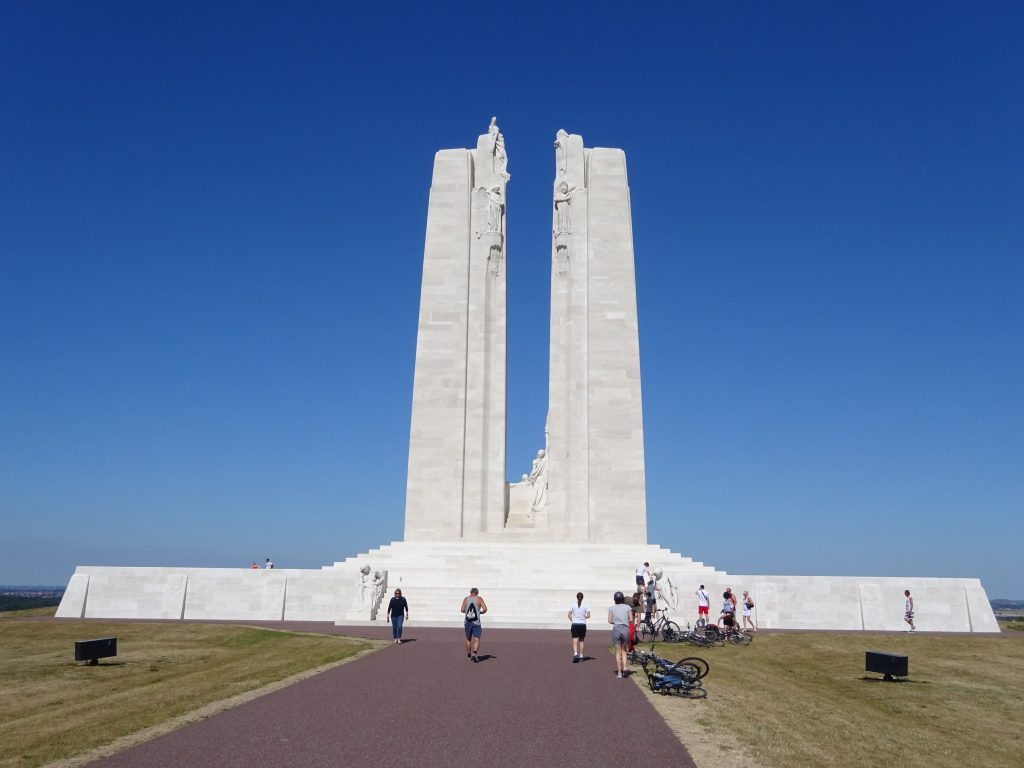
Canadian National Vimy Memorial
At the 5th of august, after visiting the Notre Dame de Lorette memorial, we drove for about 18 km to the Vimy Ridge Memorial. Located in northern France, the Canadian National Vimy Memorial can be found 10 kilometers north of the town of Arras within the département of Pas-de-Calais.
The Canadian National Vimy Memorial is a war memorial site in France dedicated to the memory of Canadian Expeditionary Force members killed during the First World War. It also serves as the place of commemoration for Canadian soldiers of the First World War killed or presumed dead in France who have no known grave. The Canadian National Vimy Memorial site has considerable sociocultural significance for Canada. The monument is quite huge, incredibly white with engraved figures of women and men. I’m not sure what the style of construction is, but somehow I feel the influence of antiquity and brutalism. The project took designer Walter Seymour Allward eleven years to build.
Twenty sculpted, symbolic figures grace the monument, each carved where they now stand from huge blocks of limestone. The largest, a mourning figure known as Canada Bereft, was carved from a single 30-tonne block. Head bowed in sorrow, she provides a powerful representation of Canada, a young nation grieving her dead. Overlooking the Douai Plain, she gazes down upon a symbolic tomb draped in laurel branches and bearing a helmet and sword.
Carved on the walls of the monument are the names of 11,285 Canadian soldiers who were killed in France and whose final resting place was then unknown.
There is also Vimy Ridge Day. The holiday has been observed annually on 9 April since 2003. It is a non-statutory observance. Just because of the magnificent look of the monument, I felt calm and happy that I had the opportunity to visit a place like this.
By Erna Paljevac
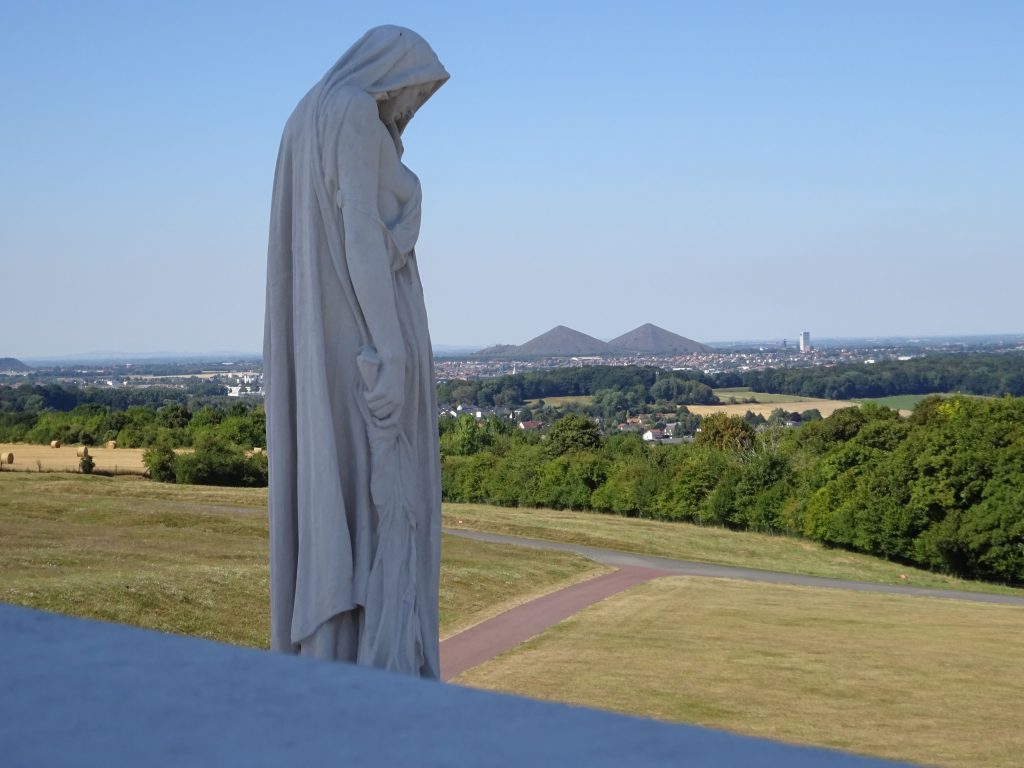
Gedenkerfahrungen in Loretto und Vimy
Auf den Lorettohöhen und in Vimy haben wir am Sonntag ganz unterschiedliche Gedenkerfahrungen gemacht.
Eindrucksvoll waren die unendlichen Listen der 580.000 Todesopfer des Krieges in der Region – unabhängig ihrer Herkunft, ihres Standes, ihrer Nation.
In Gegensatz dazu haben die Kanadier auf Vimy eine Gedenkstätte geschaffen, die auf eine Verherrlichung ihres Kriegseinsatzes hinauslief. “Ehre”, “Vaterland”, “Heldentum” tauchten dort immer wieder als Stichworte auf. Irgendwie war das alles sauber, schön, und glatt – aber der 1. Weltkrieg war eben anders: dreckig, grauenvoll und schlimm. Nichts war daran ehrenhaft.
Und warum junge Männer aus Kanada ausgerechnet auf einem Hügel in Nordfrankreich ihre “Nation” verteidigt haben, ist mir völlig unklar geblieben.
Loretto und Vimy
Ausgerechnet am Jahrestag des deutschen Einmarsches in Belgien und Frankreich 1914 wollen wir heute die größten Soldatenfriedhöfe und Gedenkstätten des 1. Weltkrieges in Nordfrankreich besuchen: Die Hölle von Loretto und die Höhen von Vimy waren ab Herbst 1914 bis 1917 eine der umkämpftsten Regionen des Krieges an der Westfront.
Hier haben Tausende junge Menschen aus der ganzen Welt (ja, auch aus dem Senegal, Kanada, Neufundland, Tunesien etc.) ihr Leben verloren.
Wir sind gespannt, was uns dort erwartet und wie das Gedenken an dieses schlimme Ereignis dargestellt ist.
ARRAS:
Am 06. August sind wir in Arras, besuchen eine von Vauban errichtete Zitadelle und das berühmte unterirdische Tunnelnetzwerk „Wellington Carierre“. Im Ersten Weltkrieg befand sich Arras an der Front und wurde im Laufe der Kämpfe fast völlig zerstört.
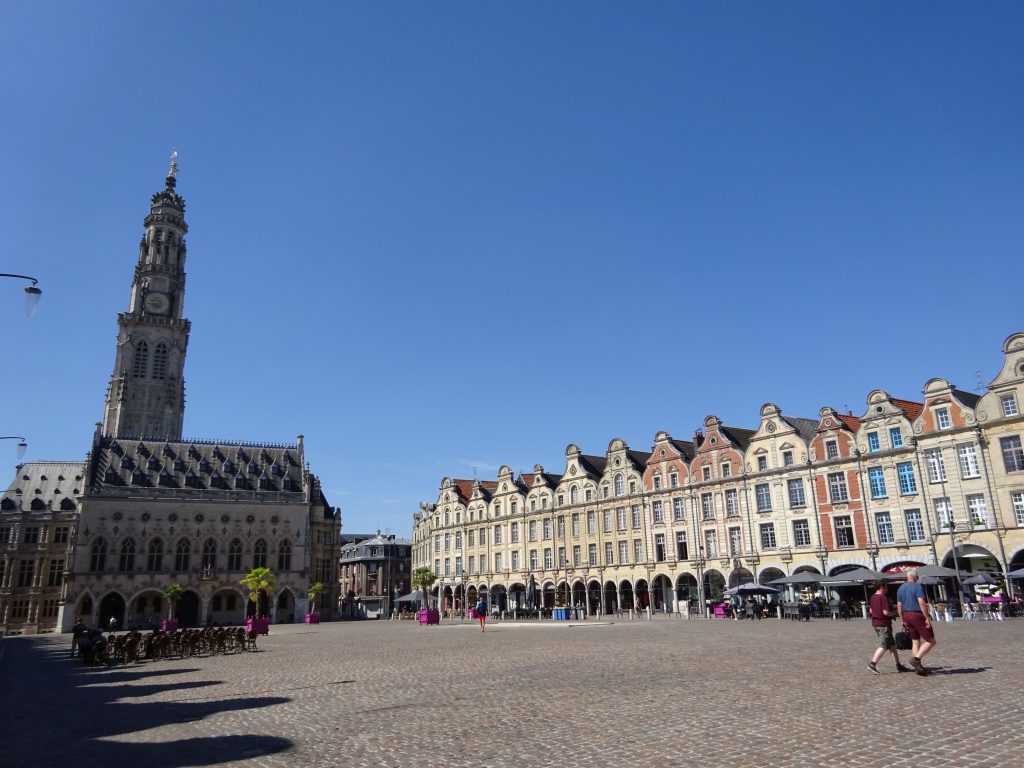
Arras – Baroque after the War
Arras is the capital of the Pas-de-Calais department, which forms part of the region of Hauts-de-France. The historic centre of the Artois region, with a Baroque town square, Arras is located in Northern France at the confluence of the Scarpe river and the Crinchon River.
After visiting the Carriere Wellington, we had some free time and then we visited the city center of Arras. Arras was very interesting to us because during most of the First World War, Arras was about 10 kilometers away from the front line, and a series of battles were fought around the city and nearby.
Flo, Jan, Anja, Sashka and myself went to the city museum and spent some nice time in there. After the museum, we explored the tiny and cute city. The streets are paved with an old cobblestone and we saw Flemish-Baroque-style townhouses that are very beautiful and give you the dutch vibe.
By the end of World War I, the city was so heavily damaged that three quarters had to be rebuilt. The reconstruction was extremely costly, yet it proved to be a success and allowed the city to expand.
When we finished with exploring the city, we met with the other half of the group and then we drove to Camping Le Kilienne where we finally chilled under the beautiful stars.
By Erna Paljevac
BEAUMONT-HAMEL:
Am 08. August besichtigt unsere Gruppe das Denkmal in Beaumont-Hamel, wo sich das Newfoundland Memorial für die im Ersten Weltkrieg gefallenen kanadischen Soldaten befindet.
Le mur du son
Mercredi 8 Août, retour au camping et fin d’un tour de vélo de 45 km. Nous venons de visiter le mémorial terre-neuvien à Beaumont-Hamel. Soudain un bruit sourd annonce un avion de chasse militaire que très vite nous apercevons foncer au dessus de nos têtes. L’armée de l’air : prestige militaire non ? Armée d’élite, technologies de pointe, missions ultra-secrètes, j’en passe. Bref, on associe souvent élite avec savoir et héroïsme militaire : les bérets verts, la légion étrangère, les chasseurs alpins, Saint-Cyr…
Un avion de chasse ça peut en fasciner plus d’un. Un engin qui représente la force, la puissance, le génie militaire, l’invincibilité, l’élite. Seulement l’enchantement à la vue du super engin ce sera pas aujourd’hui et pas avec moi. Les images de mort du musée de Beaumont-Hamel me restent en tête. La guerre a une salle gueule et aura toujours une salle gueule. Cette course à l’armement de pointe, cette course aux armes lourdes (qui commença avec la 1ere guerre mondiale)… c’est à gerber ! 20 millions de morts !! Il suffit de se remémorer les vraies images de la guerre (pas celles de propagande militaire…), des gueules cassées (voir ceci: https://fr.wikipedia.org/wiki/Gueules_cassées), des corps en décomposition, de la putréfaction des chairs, de tous les traumatismes infligés par toutes ces armes démoniaques pour passer à l’acte : en signe de réprobation à la guerre faire, tous à l’unisson, un grand bras d’honneur en direction du mur du son !
THIEPVAL:
Ebenfalls am 08. August besuchen wir das Memorial und den Friedhof in Thiepval, das eines der wichtigsten Schauplätze der Schlacht an der Somme im Ersten Weltkrieg war.
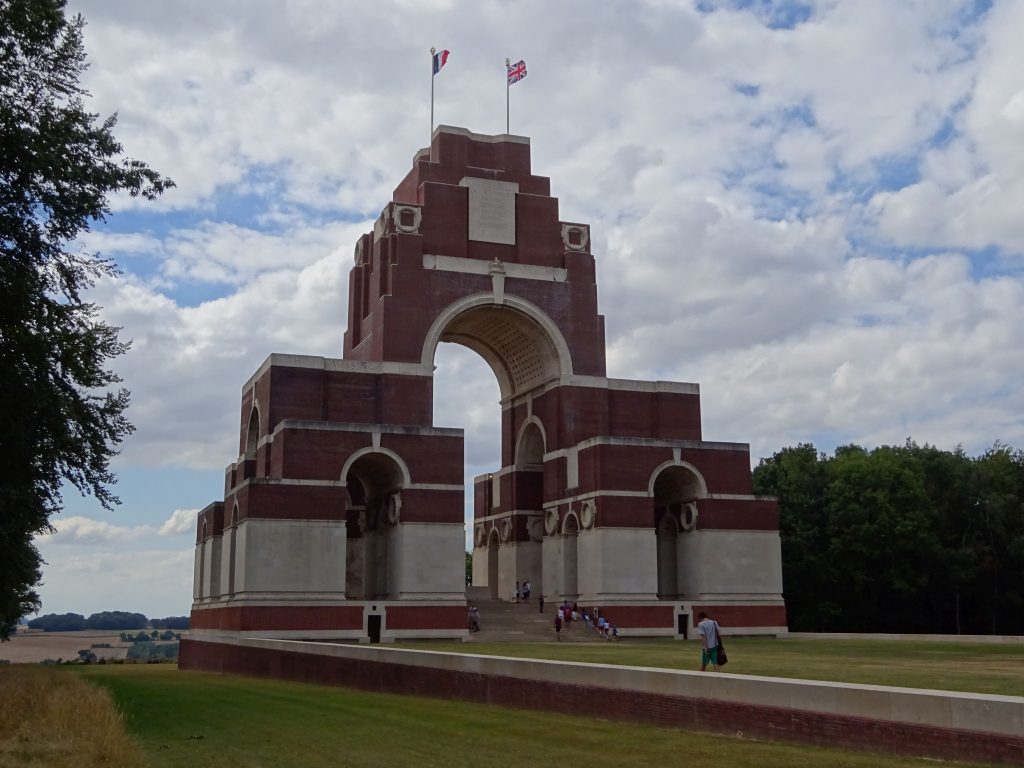
Thiepval
After a short drive from Beaumont Hamel, we reached to Thiepval.
This monument was built to the missing soldiers in the Somme battle between July 1915 and March 1918. Approximately 72,000 names are written on the walls. The structure is impressive. Very large and nice landscape surrounded. The monument is placed on a colossal scale.
BRANDENBURG FAHHRAD-TOUR
POTSDAM:
Unsere Deutschlandtour fängt in Potsdam an. Wir sind in Potsdam am 09. und 10. und wieder am 12. und 13. August, besichtigen die Sehenswürdigkeiten der Residenz- und Garnisonstadt der Hohenzollern und hören uns die Geschichte über den umstrittenen Wiederaufbau einer Kopie der Garnisonkirche an. Siehe auch: https://ohnegarnisonkirche.wordpress.com/
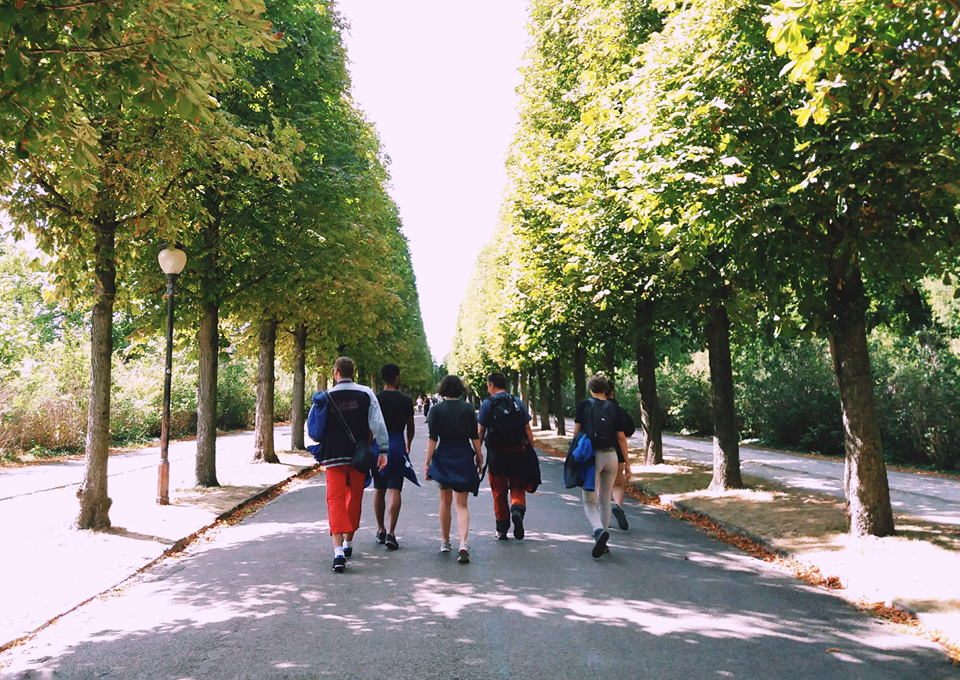
Potsdam – a land of gardens, parks, palaces and lakes
August 11th – Relaxed Excursion in Potsdam with Petar as a guide
While Potsdam enjoys a slower pace of life than neighbouring Berlin, it is a capital in its own right; it is, after all, Brandenburg’s capital and largest city. You may think the only thing interesting about this city is a park with a French-sounding name, but Potsdam is much more than that.
This city is packed full of history and culture dating back from the Prussian empire right up to recent decades and won’t leave you disappointed. Potsdam is best known for the magnificent palaces and parks that date back to its time as the former royal seat of Prussia. Prussian pomp and splendour, a heritage of great architects and scholars, and a focal point during the Cold War: Potsdam offers a breathtaking panorama of culture and history.
First we went to Old Market Square that is bordered by several prestigious historical buildings among which the St. Nicolas’ Church stands out. St. Nicolas’ Church is a church like no other. It’s history dates all the way back to the 13th century but was built to look as we know it today in 1721. The church was badly damaged during the air raids in World War II and by Soviet artillery, but was re-consecrated in 1981. In addition to the normal church services, many concerts are held in the church, when you can also marvel at the beautiful interiors.
After visiting the city center, we went to the Sanssouci Palace. It is definitely a must-see when exploring Potsdam and its breathtaking structures and wealth of greenery will transport you back to another era. This rococo building known as the Versailles of Prussia was originally conceived by Frederick the Great only as a small vineyard house where he could come and spend the summer months with his dogs. The name he gave it “Sanssouci” literally translates from the French “without a care”, for this was to be the place where he could relax and escape the neighbouring city of Berlin. You really could spend hours wandering round the magnificent gardens and vineyard terraces or relaxing by the central fountain.
*a break for falafel because we were starving omg*
After the break, we took the tram and went to the Bridge of Spies. The Bridge of Spies, otherwise known as Glienicke Bridge, was built in 1907 and connects the Berlin district of Wannsee with the capital of Brandenburg Potsdam over the Havel River.
However, this bridge didn’t serve its most notable purpose until the Cold War. Due to the area being a prominent border village between East and West Germany the bridge was used a number of times for the exchange of captured spies between the two states. This bridge is a great place to visit for all Cold War history fanatics, but if you just fancy a great vantage point, then this bridge offers a view over the Glienicke castle grounds, Babelsberg Castle and the Sacrower Heilandskirche church.
In Potsdam, nothing is far away. The beautiful town is small enough to be explored by bicycle, and there are some epic routes that take you past all the incredible sights, allowing you to explore the town quicker than if you were doing so by foot.
Then we came back to Projekthaus (maybe my favourite place in whole Potsdam).
By Erna Paljevac
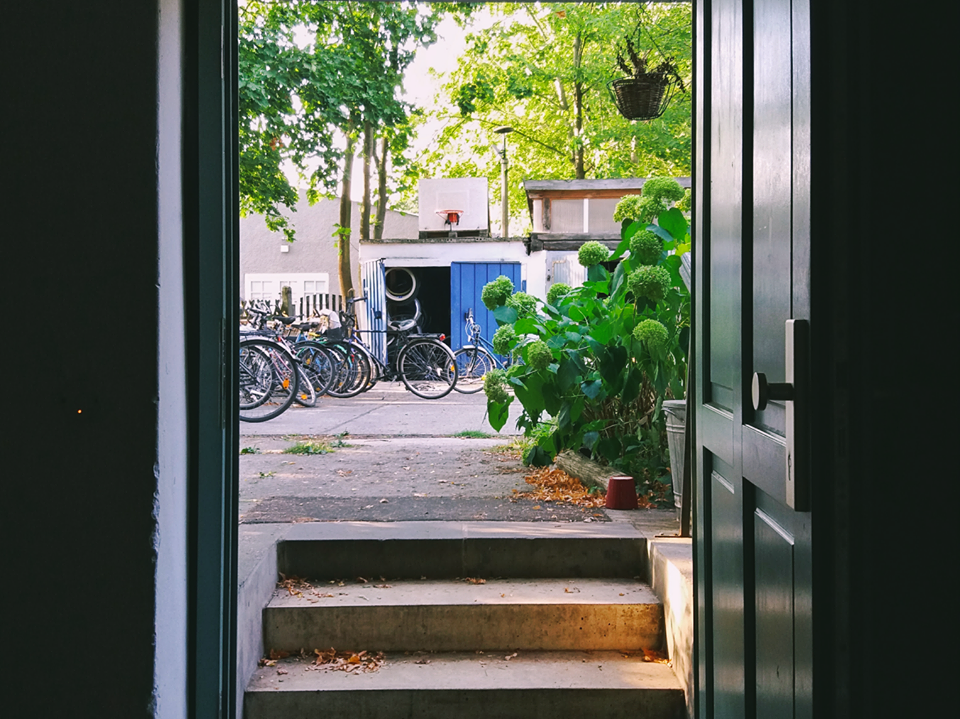
BERLIN:
Am 11. August sind wir in Berlin unterwegs und schauen uns einige der Hauptschauplätze der Zwischenkriegszeit und des Zweiten Weltkrieges (Reichstag, Unter den Linden, Treptower Park usw.) an.
RANGSDORF:
Am 14. August geht unsere Fahrradtour mit unserer Fahrt nach Rangsdorf weiter. Dort übernachten wir in Seeschule Rangsdorf – auch einem historischen Ort. Dort gab es einen berühmten kleinen Flugplatz, von dem zum Beispiel Stauffenberg aufbrach, um das (letztlich gescheiterte) Attentat auf Hitler zu verüben. Auch Beate Uhse und Heinz Rühmann lernten dort fliegen. Siehe auch: http://www.seeschule.de/navigation/seeschule/
WÜNSDORF-WALDSTADT
Wir besichtigen die „Bunker- und Bücherstadt“ Wünsdorf mit ihren berühmten Bunkeranlagen. In Wünsdorf-Waldstadt befand sich das deutsche Oberkommando des Heeres und nach dem Zweiten Weltkrieg das Oberkommando der Sowjetischen Streitkräfte in Deutschland.
KUMMERSDORF
Am 16. August besuchen wir die spannende Heeresversuchsanstalt, eine ehemalige Militäranlage, die lange und in vielen verschiedenen Regimen (von Kaiserreich bis zur DDR) eine wichtige Rolle in Bezug auf Entwicklung der Militärtechnik gespielt hat. Am 17. August ebenfalls in Kummersdorf sind wir bei Eröffnung der Ausstellung „Kriege, Wissenschaft und Technologien von 1914 bis 1945“ vom Förderverein Museum Kummersdorf anwesend. Siehe auch: https://museum-kummersdorf.de/
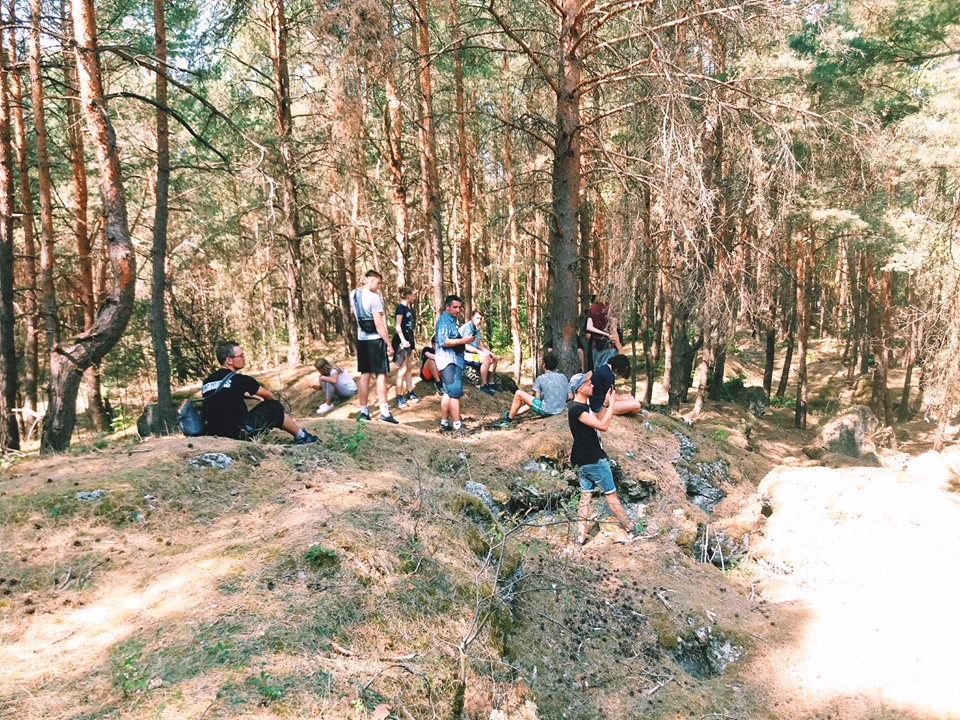
Kummersdorf – Welcome to the Dead Zone
One hour of easy driving. We came to Kummersdorf where a guide waited for us and slowly introduced us the story of Kummersdorf. A huge concrete wall with a barbed wire, a Lebensgefahr! (risk of death) sings everywhere and a DEAD ZONE inscription at the entrance to the eerie city. Conclusion: the place is creepy and abandoned, but at the same time magnificent and beautiful.
Kummersdorf is the name of an estate near Luckenwalde, around 25 km south of Berlin, in the Brandenburg region of Germany. Until 1945 Kummersdorf hosted the weapon office of the German Army which ran a development centre for future weapons as well as an artillery range. By the time the First World War rolled around, it was the biggest military testing area in the world. Kummersdorf’s importance for testing military equipment only increased between the World Wars. This place was also the location for the analyses, studies and testing of various German-captured Allied tanks and armoured fighting vehicles.
The Red Army took over the whole Kummersdorf military area after the war, and it was under the Soviets’ watchful eyes that Sperenberg assumed importance as an airport. They hadn’t paid much attention to it at first, using it for training just about any time they were bothered, and it wasn’t until 1958 that construction on the airfield began. Kummersdorf had everything a city should have: an airport, a hospital, theater, school, discos, cinema, shops, bakeries, sports halls and other public and private institutions necessary for a decent life, tending a population of more than 5,000 soldiers and civilians at peak times. Of all this, only abandoned buildings and two lakes remained.
Vegetation swallowed all the buildings that have been in a state of decay for a long time and you feel like you’re in a vicious and haunted forest (thanks to Phillip, we even had our wizard Gandalf).
After exhausting drive through the sand (everyone was cycling, only Jan was in the car with our guide – so, in life be Jan, don’t suffer around in the sand) we also saw some huge stones that used to be a part of many bunkers in Kummersdorf.
During the Soviet regime, this city was visited by Yuri Gagarin and Valentina Tereshkova and Erich Honecker spent his last night in Germany right here in this place. Honecker, who was suffering from liver cancer, was admitted to Beelitz in December 1990 as the vultures of justice were circling.
His country no longer existed, and with German reunification, the Soviets’ reason for staying disappeared too. They managed to hold on a couple of years more before reluctantly leaving in 1994.
The guide told us that even today, people come to visit their hometown, which still exists, but which is empty, full of graffiti and which has become the epicenter of young delinquents and homeless people.
There are the usual dangers of roofs landing on your head. Apparently you also need to watch out for discarded munitions and things that could blow up when you step on them. The last thing you want is to get killed standing on a mine. Spooky, scenical, palatial and marvelous – that is Kummersdorf.
By Erna Paljevac
Facharbeit: Monumente und Gedenkarten zum 1. Weltkrieg
Facharbeit einer Teilnehmerin zur Fahrradtour „Monumente und Gedenkarten zum 1. Weltkrieg“: Fa_Zschoge_Svenja_2019
GEDANKEN: DENKmäler
Überall in Europa, aber vor allem in Deutschland gibt es Tausende Denkmäler, welche an die Gefallenen des 1. Weltkrieges erinnern.
Fast jedes noch so kleine Dorf auch in Brandenburg sein Denkmal für Soldaten, welche im 1. Weltkrieg gefallen sind. Die Internetseite http://www.denkmalprojekt.org/covers_de/d_brand.htm zeigt Tausende davon. Fast überall werden „Helden“, „Opfer“ und „Gefallene Söhne“ geehrt.
Aber was hat die Millionen von Soldaten des 1. Weltkrieges wirklich motiviert, bewegt und angetrieben? Sind es Helden, wenn sie für irgendeinen Kaiser, Zar oder Präsidenten, für ein „Vaterland“ in den Tod gegangen sind? Ist es heldenhaft, auf Befehl Menschen zu töten, die man gar nicht kennt? Einen „Erbfeind“, der heute längst Freund ist?
Der 1. Weltkrieg ist in der Analyse vieler Historiker heute längst „Urkatastrophe“. Die Menschen, die da gestorben sind, sind für Rüstungsgewinne („Der Krieg bekommt mir wie eine Badekur“, sagt A. v. Krupp), übersteigerten Nationalismus und Rassismus gestorben.
Sie sie deshalb Helden? Oder eher Menschen, die sich manipulieren lassen haben? Sind sie Opfer? Weil sie in der Zeit gar keine andere Perspektive hatten?
Die Realität war eher ein anonymes Sterben in einem maschinellen Krieg. Von Hunderttausenden blieb nicht einmal ein Körper übrig. Hunderttausende blieben als Krüppel und traumatisiert zurück. Aus dem 1. Weltkrieg folgten Bürgerkriege, ethnische Säuberungen und der 2. Weltkrieg.
Und all dem gedenken wir mit „Kriegsdenkmälern“?
Was können wir aus solchen „Helden“ – und „Opfer“ – Geschichten denn lernen. Was motiviert junge Menschen heute vor einem Denkmal für Gefallene im 1. Weltkrieg in Deutschland, Frankreich oder Serbien wirklich zu DENKen?
Dafür, ein Europa, eine Welt zu gestalten, die keine solche nationalistischen und rassistischen Feindbilder mehr kennt, die Frieden fordert und „Die Waffen nieder“ (Bertha von Suttner).
Ist es heute nicht eher notwendig, diese Kriegsdenkmäler zu stürzen und endlich zu DENKen?
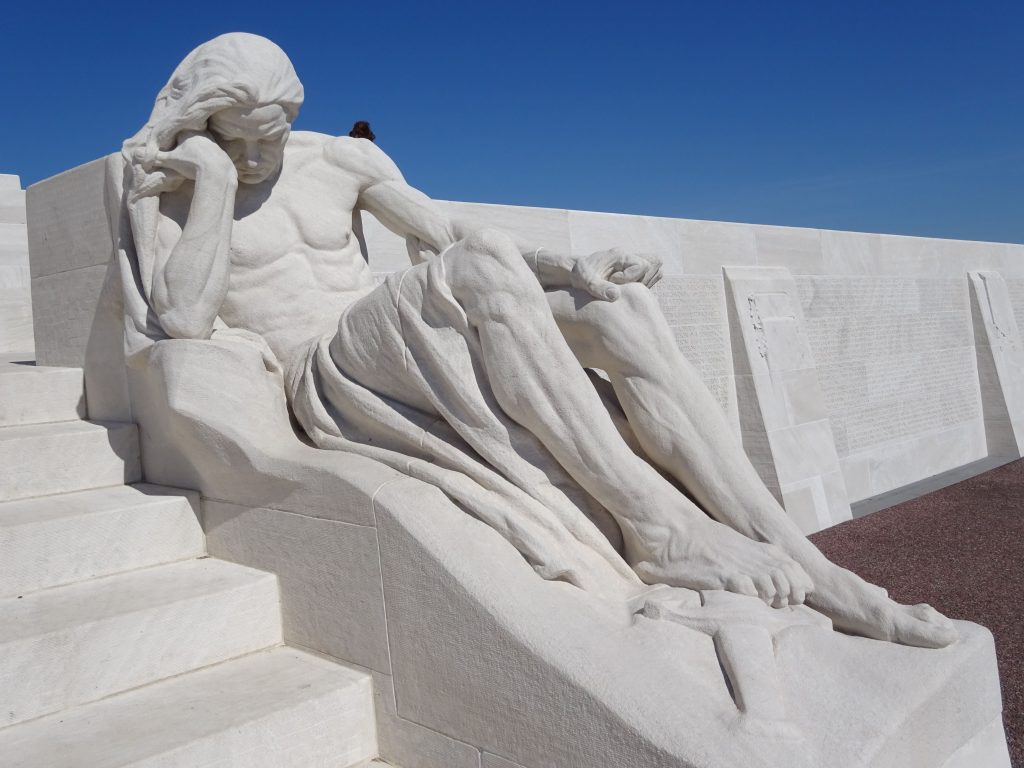
Online - Dokumentation
- „14 Tagebücher des Ersten Weltkrieges“ – http://www.14-tagebuecher.de/
- „Die Hölle von Verdun“ – https://www.youtube.com/watch?v=GHjtOd7imP8
- Ein Schulprojekt zum 1. Weltkrieg aus Erfurt: https://100jahre-ersterweltkrieg.jimdo.com/
- Kritische Auseinandersetzung mit den Kriegsdenkmälern: https://www.100-jahre-erster-weltkrieg.eu/fileadmin/redaktion/Micro_Weltkrieg/Projekte/diss–kriegsdenkmaeler-friedenspaedagogik–2012.pdf
- Ko je odgovoran? Wer hat den Schuld? Who’s responsible? Question de la responsabilité?: http://www.bbc.com/news/magazine-26048324
Bücher
Deutsch
- Jörn Leonard „Die Büchse der Pandora“ – Geschichte des 1. Weltkrieges – C.H. Beck 2015
- Herfried Münkler „Der große Krieg“ – die Welt 1914 – 1918 – Rowohlt Berlin 2013
- Edlef Köppen „Heeresberichte“ Nikol – Verlag 2012
- Pieper, Werner „Mensch, Denk Mal“ – Zur Geschichte von Krieger- und Kriegsdenkmalen in Deutschland – sowie deren Alternativen; auch an konkreten Beispiel in der Kleinstadt Weinheim – Birkenau: The Grüne Kraft 2011.
- Christopher Clarke, Schlafwandler, 2014.
- Fritz Fischer, Griff nach der Weltmacht, 2009.
- Ian Kershaw, Höllensturz. Europa 1914-1949, 2017.
- Hans-Ulrich Wehler, Das Deutsche Kaiserreich 1871-1918, 1999.
Francais
- Christopher Clarke, Les Somnambules, 2013.
- Ian Kershaw, L’ Europe en enfer 1914-1949, 2016.
- Eric Hobsbawm, L’ Age des extremes: Histoire du court XXe siecle, 1999.
- A. Becker, Les monuments aux morts, mémoire de la Grande Guerre, 2004.
Srpski
- Kristofer Klark, Mesecari, 2014.
- Andrej Mitrovic, Srbija u Prvom svetskom ratu, 1984.
- Erik Hobsbaum, Doba ekstrema 1914-1994, 2003.
- Fric Fišer, Posezanje za svetskom moći: politika ratnih ciljeva Nemačke 1914-1918, 2014.
English
- A.J.P. Taylor, The First World War, 1974.
- Christopher Clarke, Sleepwalkers, 2012.
- Ian Kershaw, To Hell and Back: Europe 1914-1949, 2016.
- Eric Hobsbawm, The Age of Extremes: A History of the World 1914-1994, 1996.
- Fritz Fischer, Germany Aims in the First World War, 1968.
Links
- https://www.dfjw.org/youth-for-peace/100-jahre-nach-dem-ersten-weltkrieg-100-projekte-fur-den-frieden.html (Gefördert vom DFJW)
- https://museum-kummersdorf.de/ (Partner in Brandenburg)
- https://museum-kummersdorf.de/sonderausstellung-2/ (Sonderausstellung)
- https://www.100-jahre-erster-weltkrieg.eu/fileadmin/redaktion/Micro_Weltkrieg/Projekte/diss–kriegsdenkmaeler-friedenspaedagogik–2012.pdf (Kritisches Gedenken)
- https://www.100-jahre-erster-weltkrieg.eu/fileadmin/redaktion/Micro_Weltkrieg/Projekte/diss–kriegsdenkmaeler-friedenspaedagogik–2012.pdf (Partnerorganisation)
Lyrik
Es ist an der Zeit ist die von Hannes Wader getextete und gesungene Version von Eric Bogles No Man’s Land, das auch unter den Titeln The Green Fields of France und Willie McBride bekannt ist. Es spielt am Grab eines jungen Mannes, der im Ersten Weltkrieg gefallen ist. Der Erzähler überlegt, wie der Soldat zu Tode gekommen sein könnte und ob er seinen „wirklichen Feind“ erkannt hätte. Im Refrain stellt er eine Verbindung zur Gegenwart her mit der Erkenntnis, dass sich nichts verändert hat. Die letzte Strophe endet mit der Titelzeile: „Es ist an der Zeit.“

Es ist an der Zeit (Hannes Wader)
Weit in der Champagne im Mittsommergrün
Dort wo zwischen Grabkreuzen Mohnblumen blüh’n
Da flüstern die Gräser und wiegen sich leicht
Im Wind, der sanft über das Gräberfeld streicht
Auf deinem Kreuz finde ich toter Soldat
Deinen Namen nicht, nur Ziffern und jemand hat
Die Zahl neunzehnhundertundsechzehn gemalt
Und du warst nicht einmal neunzehn Jahre alt
[Refrain]
Ja, auch Dich haben sie schon genauso belogen
So wie sie es mit uns heute immer noch tun
Und du hast ihnen alles gegeben:
Deine Kraft, Deine Jugend, Dein Leben
Hast du, toter Soldat, mal ein Mädchen geliebt?
Sicher nicht, denn nur dort, wo es Frieden gibt
Können Zärtlichkeit und Vertrauen gedei’n
Warst Soldat, um zu sterben, nicht um jung zu sein
Vielleicht dachtest du Dir, ich falle schon bald
Nehme mir mein Vergnügen, wie es kommt, mit Gewalt
Dazu warst du entschlossen, hast dich aber dann
Vor dir selber geschämt und es doch nie getan
Soldat, gingst du gläubig und gern in des Tod?
Oder hast zu verzweifelt, verbittert, verroht
Deinen wirklichen Feind nicht erkannt bis zum Schluss?
Ich hoffe, es traf dich ein sauberer Schuss
Oder hat ein Geschoß Dir die Glieder zerfetzt
Hast du nach deiner Mutter geschrien bis zuletzt
Bist Du auf Deinen Beinstümpfen weitergerannt
Und dein Grab, birgt es mehr als ein Bein, eine Hand?
Es blieb nur das Kreuz als die einzige Spur
Von deinem Leben, doch hör’ meinen Schwur
Für den Frieden zu kämpfen und wachsam zu sein:
Fällt die Menschheit noch einmal auf Lügen herein
Dann kann es gescheh’n, daß bald niemand mehr lebt
Niemand, der die Milliarden von Toten begräbt
Doch finden sich mehr und mehr Menschen bereit
Diesen Krieg zu verhindern, es ist an der Zeit.
Le Temps Est Venu (Hannes Wader)
Loin en Champagne, dans la verdure du milieu de l’été,
là où les coquelicots fleurissent entre deux croix de tombe,
là, l’herbe chuchote et se balance volontiers
sous le vent qui erre doucement sur le champ de tombes.
Sur ta croix, soldat mort, je ne trouve
pas ton nom, juste des chiffres et
le nombre 1916 peint par quelqu’un,
et tu n’avais même pas 19 ans.
[Refrain:]
Oui, à toi aussi ils ont menti de la même manière
qu’ils le font toujours avec nous maintenant encore,
et tu leur as tout donné :
ta force, ta jeunesse, ta vie.
As-tu, soldat mort, jamais aimé une fille ?
Sûrement pas, car seuleument là où il y a la paix,
peuvent s’épanouir la tendresse et la confiance,
[et toi,] tu étais soldat pour mourir et non pour être jeune.
Peut-être pensais-tu : je vais tomber bientôt,
[alors] je prends du plaisir de gré ou de force.
Tu en étais bien décidé, mais ensuite
tu as eu honte de toi et ne l’as jamais fait.
Soldat, allais-tu avec foi et plaisir à la mort ?
Où, trop désespéré, trop aigri, trop incité à la brutalité,
n’as-tu pas reconnu ton véritable ennemi jusqu’au bout ?
J’espère que tu as reçu un coup net
Où bien un coup t’a-t’il déchiqueté les membres
à t’en faire implorer ta mère jusqu’à la fin ?
As-tu décampé sur tes moignons de jambe,
et ta tombe, vaut-elle plus qu’une jambe, qu’une main ?
Il n’y a plus que la croix comme seule trace
de ta vie, alors écoute mon serment
destiné à combattre pour la paix et rester vigilant :
Si l’humanité tombe une fois de plus dans le mensonge,
il se pourrait que bientôt plus personne ne vive,
personne qui puisse enterrer les milliards de morts.
Mais enfin il y a de plus en plus de gens prêts
à empêcher cette guerre, LE TEMPS EST VENU !

